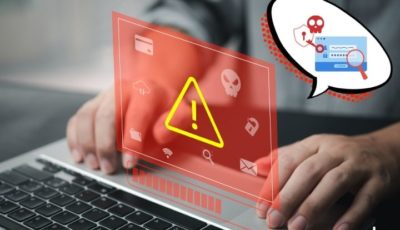Article Summary
Wondering which network vulnerability scanner to choose and what factors to look for? Well look no further, this article will detail the top choices like Astra Pentest and more as well as the top factors to look out for when making this huge decision!
Nearly 84% of all organizations across sectors are thought to have high-risk network perimeters. This is where a network vulnerability scanner helps. These tools carry out vulnerability scans on various facets of a network including network systems, devices, and services to find vulnerable or misconfigured areas of its security.
Some of the factors to look for in a good network vulnerability scanner include;
- Comprehensive scanning facilities
- Compliance specific scanning
- Provision of detailed reports
- 24*7 customer support
- Provide vulnerability management
Network vulnerability scanners are important as it helps keep the IT infrastructure secure from any network-related attacks.
Conducting network vulnerability scans can help identify any areas of vulnerability within the network security before they are exploited by any malicious attacker. This can help save a lot of costs that a company would have to incur in the wake of a network breach.
This article will detail the top network vulnerability scanners to take into consideration as well the features to look for, common vulnerabilities found by them and the steps taken to get to vulnerability identification and remediation.
Also Read: A Comprehensive Guide to Network Vulnerability Scanning
Top Network Vulnerability Scanner Tools
1. Astra Pentest
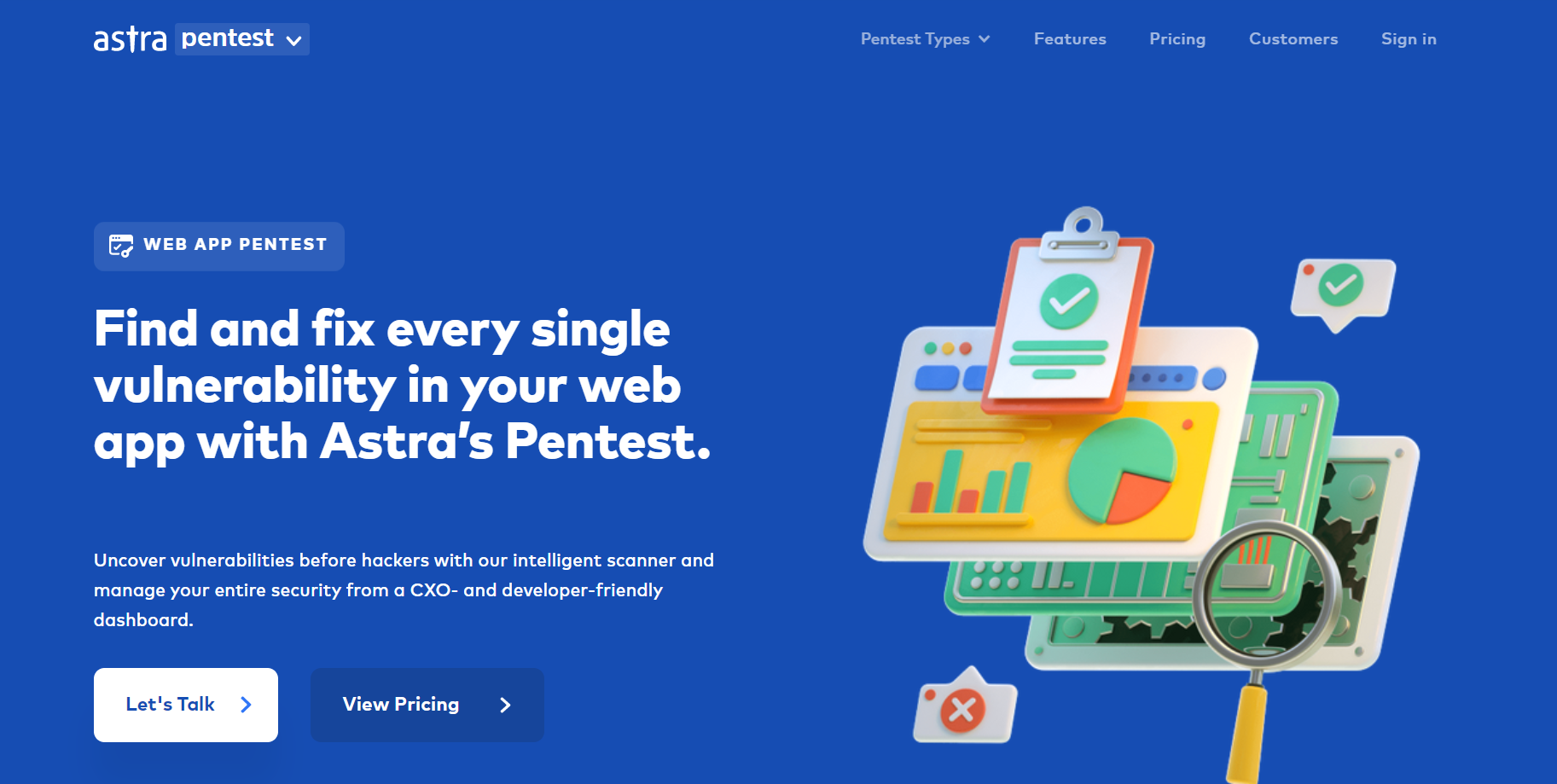
Astra pentest is a top-notch network security testing tool that provides expert scanning services with the assurance of zero false positives. It can carry out scans behind logins as well as detect any business logic errors that may have been plaguing the network.
Uses both automated and manual means to find all vulnerabilities and provides you with a detailed and thorough report mentioning all flaws, risk scores, and steps for remediation.
Pros
- Detailed and thorough reports
- Great remediation assistance
- Easy to use and navigate
- Budget-friendly
- Assures zero false positives with vetted scans.
Cons
- Could have more integrations.
- No free trial
2. Nessus
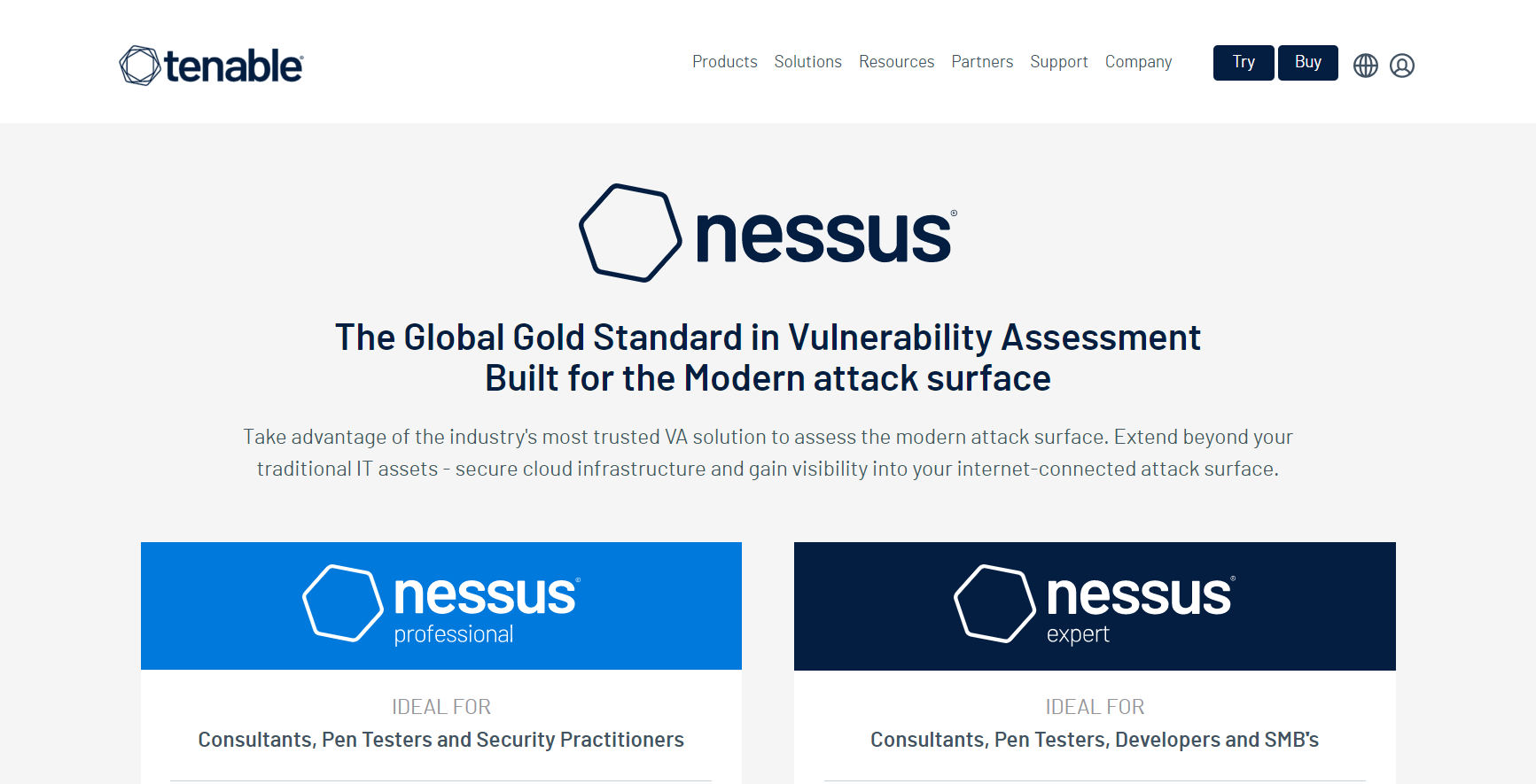
Nessus is a remote network vulnerability scanning tool and package provided by Tenable. It provided real-time pinpoint detection of vulnerabilities continuously without stopping the scans.
It also provides risk scores that help prioritize remediation.
Pros
- High-speed scanning facilities
- Patching prioritization is made possible with risk-based assessments.
- Continuous scanning provided
Cons
- Prices may be a bit high
- Difficult to choose from many similar packages
3. Nexpose
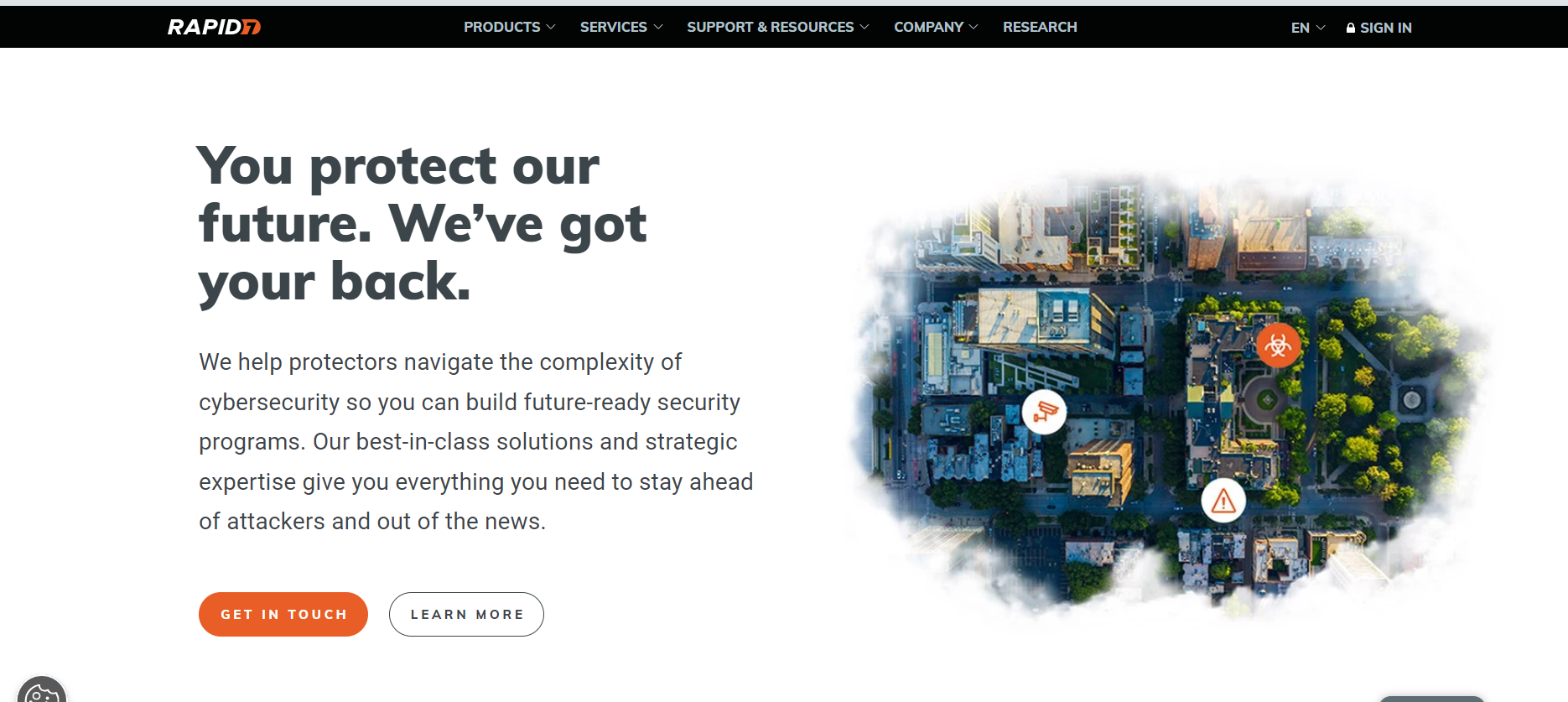
Nexpose is a vulnerability scanning tool provided by Rapid7 to scan networks efficiently. It collects real-time data to constantly monitor the ever-changing networks.
Pros
- Provides own actionable risk scores that are detailed, ranging from 1-1000.
- Has customizable dashboards.
- Helps with remediation.
Cons
- Does not provide real-time vulnerability protection
- It is complex
- Does not have a lot of integrations.
Check Out: Best Rapid7 Alternative
4. Nmap

Nmap is an open-source network vulnerability scanner that helps with network discovery, management, and monitoring. It is designed to scan large networks, however, it also works fine against singlet networks.
Pros
- Shows open ports, running serves, and other critical facets of a network.
- Freely available.
- Usable for large and small networks alike
Cons
- The user interface can be improved.
- Might show different results each time.
5. OpenVAS
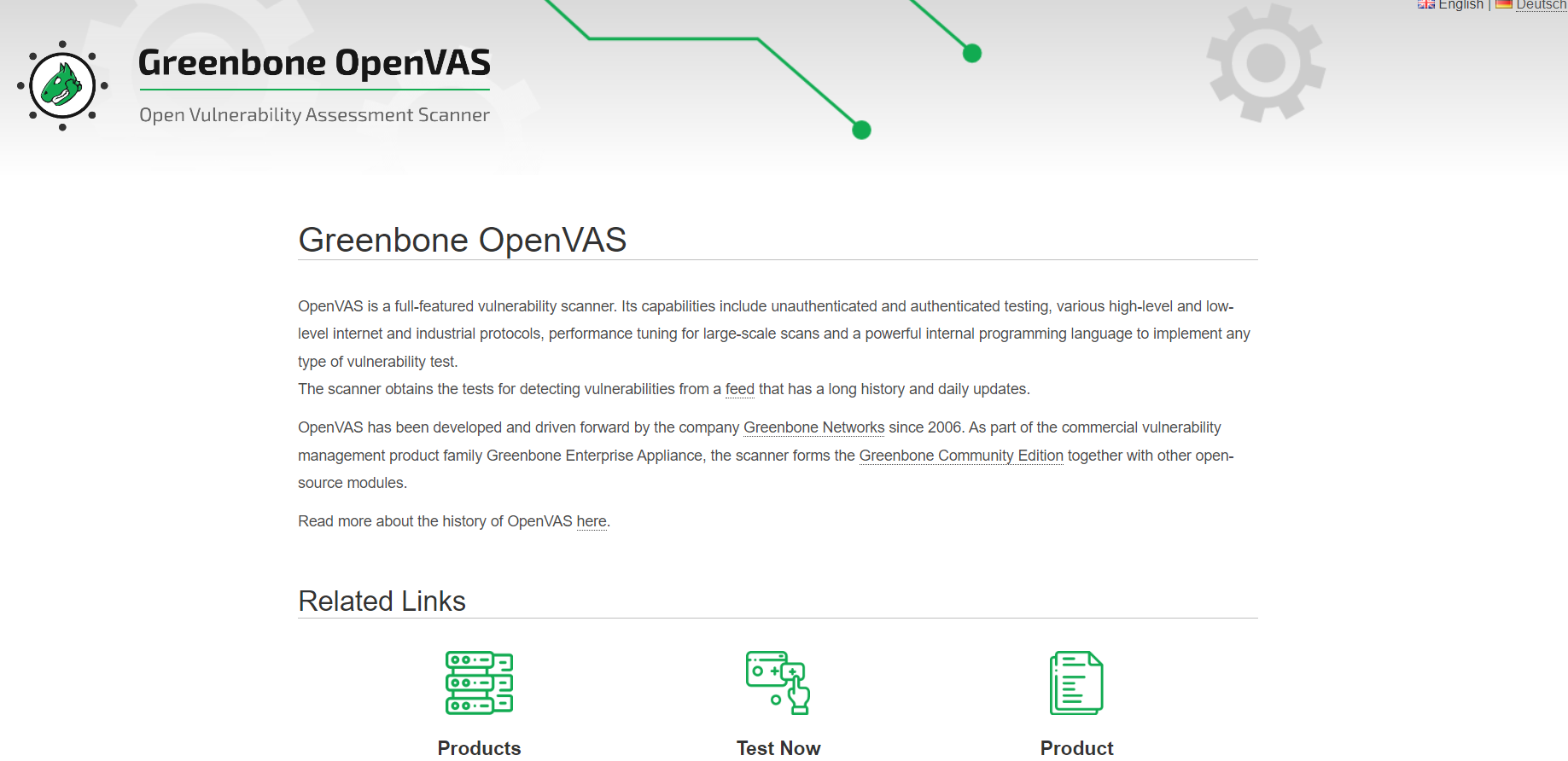
OpenVAS is yet another open-source network vulnerability scanner that is provided by Greenbone Networks. It’s constantly updated and therefore can carry out over 50,000 tests to detect vulnerabilities.
Pros
- Automated vulnerability scanning is quick and efficient
- Freely available network vulnerability scanning tool.
- Constantly updated.
Cons
- Could be difficult for beginners to make use of.
- Automated causes false positives to appear.
Factors To Look For In A Good Network Vulnerability Scanner
Here are some of the factors to look for in a good vulnerability scanner:
1. Comprehensive Scanner
Ensure that the scanner is capable of detecting vulnerabilities at a fast rate based on a known database. Make sure it provides continuous regular scans for your networks to detect any anomalies in the security.
Also read: Network Penetration testing- A Detailed Guide
Also, make sure that the results of the scan can be vetted by a scanning team to avoid all false positives, and also conduct scans behind logins.
2. Compliance-Specific Scanning
Does the vulnerability scanner also scan for areas of non-compliance to various regulatory standards? Employ a vulnerability scanner that can help assess your networks for discrepancies in compliance so that you can remedy them quickly. This should include PCI-DSS, HIPAA, SOC2, ISO 27001, and GDPR.
3. Detailed Reporting
Does the network vulnerability scanner provide detailed reports with all possible information about the vulnerabilities found? It should include the vulnerability’s CVSS scores, an explanation of what the vulnerability is and how it affects the network security, as well as actionable risk scores to help prioritize the patching along with remediation measures for each vulnerability.
Also Read: A Detailed Guide on Penetration Test Report
4. Customer Support
Does the scanner tool provide an excellent customer experience in terms of clearing queries and helping customers understand the various remediation measures offered by their reports? Make sure that the customer service and remediation assistance are provided by experts who can help you resolve doubts efficiently and effectively.
5. Vulnerability Management
Ensure that the tool has an effective network vulnerability management system in place which not includes the identification of vulnerabilities but also its evaluation and reporting and remediation assistance in a timely manner.
Make sure that tool you opt for does not leave you high and dry once the vulnerabilities are found, leaving the brunt of the remediation to yourselves.
Common Vulnerabilities Found in Networks
Here are some of the common vulnerabilities found when scanning networks:
1. Misconfigurations
Misconfigurations refer to mistakes that occur when configuring certain devices, networks, and or firewalls for networks. For example, opting for default settings or faults in the configuration of VPNs can lead to different levels of exposure that can be exploited.
2. Injections
Injections are small codes like SQL queries that are injected to manipulate networks and gain access through web applications. Once loopholes are identified, they send malware through vulnerable areas to obtain sensitive information.
3. Weak Authentication and Authorization
Not having strong enough authentication and authorization measures and reusing old passwords, and writing them down, can all leave the networks vulnerable to exposure.
Wrongful, previously employee authorizations can also lead to breaches occurring. Not having multifactor authentication measures deployed is a major cause of concern within vulnerabilities.
4. Outdated Software
Outdated software can cause a lot of vulnerabilities in terms of lax security measures in place that have not been upgraded to current standards of security. Software that is in disuse or not constantly updated falls prey to vulnerabilities that can be made use of by hackers to exploit the networks and access private information.
5. Physical Devices
Physical devices like USBs, mobile phones, etc if left unattended can lead to improper access to networks via physical devices. USBs can be used to infect systems with ransomware, viruses, or more and gain sensitive data making it one of the easiest vulnerabilities to arise.
Mobile devices when connected to unsecured free networks rises the large opportunity for hackers to try and gain access to their contents. This can lead to the theft of personal property on the device like passwords, images, finance details, and more.
Steps in Network Vulnerability Scanning
1. Planning
This is the initial step of a network vulnerability scan where the scoping is conducted with the help of a scoping questionnaire. This is designed to find the motives of the customer for wanting to conduct a vulnerability scan.
Knowing the client’s requirements can help formulate a well round scope with clear rules of engagement that also helps avoid scope creeps or any legal trouble due to an imperfectly set test scope.
Also Read: Vulnerability Scanning Process and Types
2. Reconnaissance
During this phase, all the data concerning the target is collected passively or actively using various resources like the internet, websites, and more. This helps the vulnerability scanner or team figure out the information about the target that is available freely based on which scans can be conducted.
3. Scanning
This is the phase where the actual network vulnerability scanning takes place. Based on the scope decided on and the reconnaissance done, specific network assets are scanned thoroughly for any chinks in security that could lead to various risks like a data breach, deletion, or theft.
4. Reporting
Once the scan is complete, all the vulnerabilities found are mentioned in a detailed report which includes all the information regarding the vulnerability such as the CVSS scores, actionable risk scores, and easy-to-follow remediation steps to aid the customer.
5. Remediation
Once the report is generated, it is made available to the client who can remediate and patch the vulnerabilities found within the network. This is made easier with the help of the remediation measures and continued assistance by the vulnerability scanning team, thus making the whole remediation process go seamlessly.
6. Rescanning
Upon fixing all the vulnerabilities found in the report, a re-scan is carried out to ensure that none of the patches have opened up additional vulnerabilities and to make sure that the network is completely safe and sound.
Conclusion
This article not only mentions some of the best network vulnerability scanners like Astra Pentest, but also talks about the features to look for, steps in a vulnerability scan as well as the common vulnerabilities detected by it.
Take your network security to a whole new level today with the help of the best network vulnerability scanner!
What is the network vulnerability scanner?
The best network vulnerability scanner can be said to be Astra Pentest which provides a combination of manual and automated scanning and identification of vulnerabilities.
What are some open-source tools for network vulnerability scanning?
Some important open source tools for network vulnerability scanning are Nmap and OpenVAS.
What are the brief steps in network vulnerability scanning?
In brief, the processes under network vulnerability scanning can be divided into scoping, reconnaissance, scanning, reporting, remediation, and lastly, rescanning.






